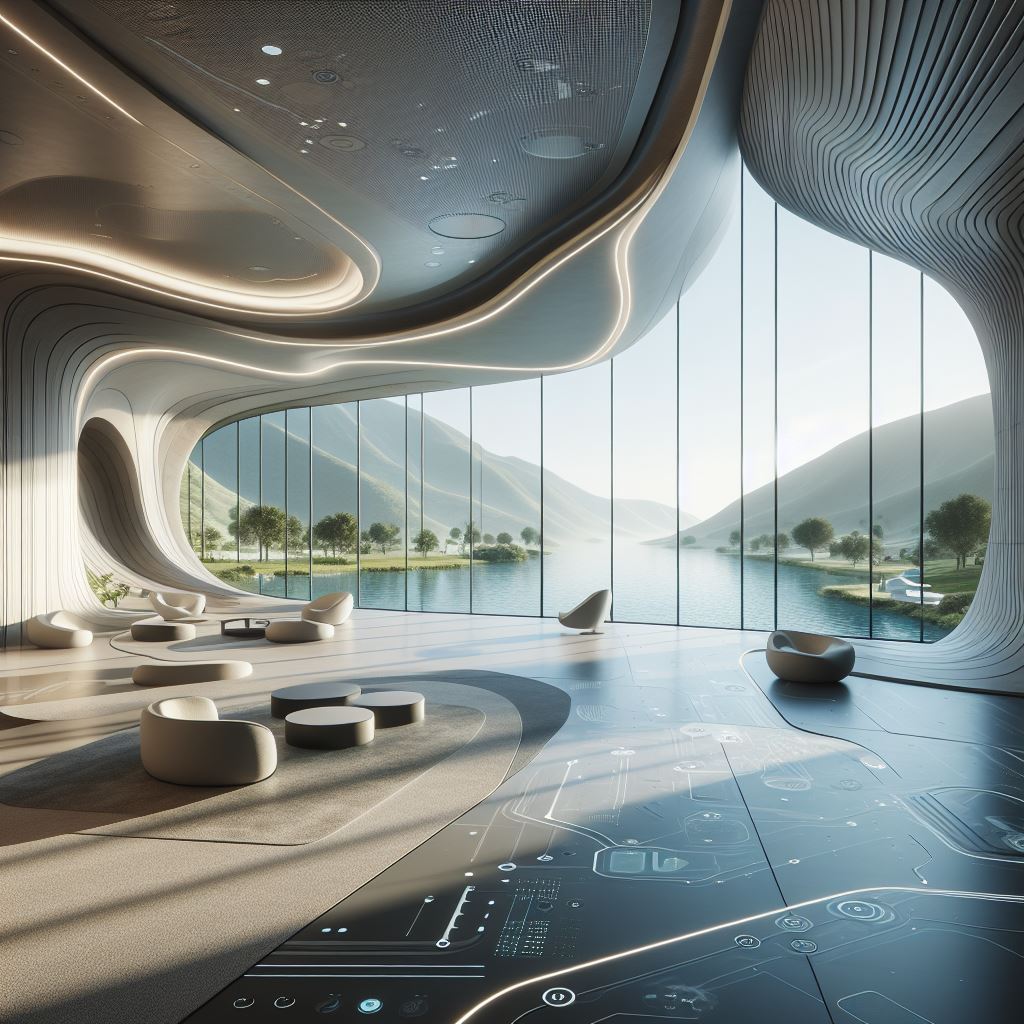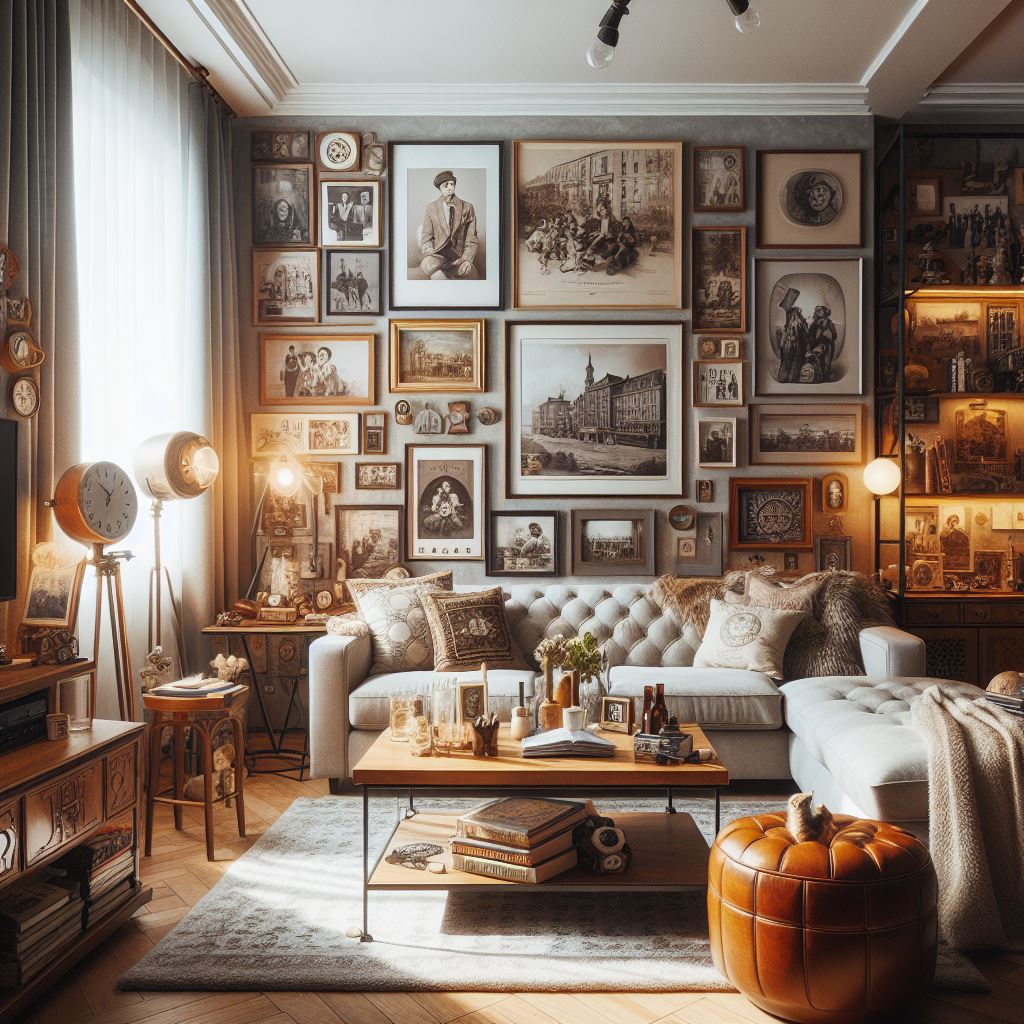Understanding Spatial Design
Spatial design encompasses the thoughtful arrangement of elements within a space to achieve a desired outcome. Whether designing a home, office, or public space, spatial design focuses on maximizing efficiency, comfort, and visual appeal. By carefully considering factors such as layout, flow, and organization, designers can create environments that are both functional and aesthetically pleasing.
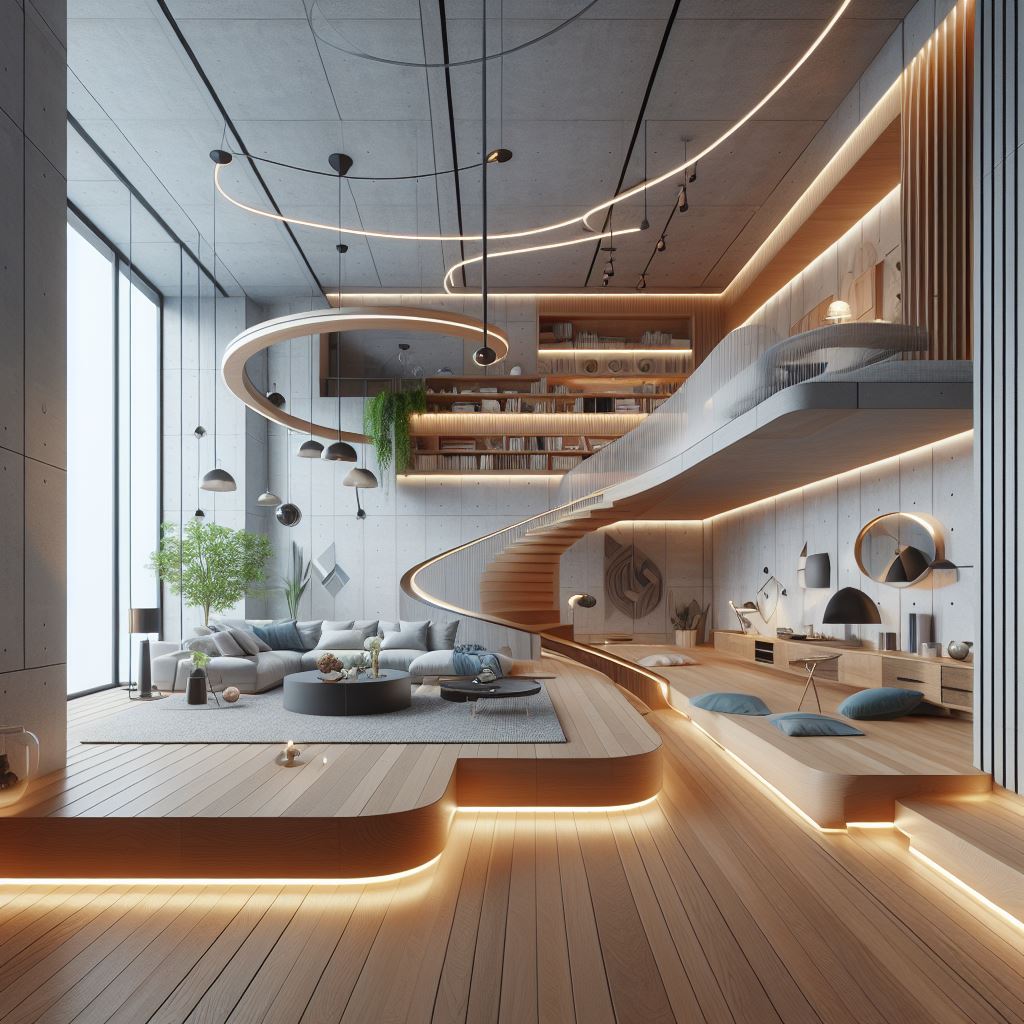
Analyzing Spatial Challenges
In our increasingly cluttered and chaotic world, spatial challenges abound. From cramped living quarters to disorganized workspaces, the impact of poor spatial organization can be profound, affecting everything from productivity to mental well-being. By recognizing and addressing common spatial challenges, individuals and organizations can take proactive steps to improve their environments and optimize their use of space.
Strategies for Spatial Organization
Effective spatial organization begins with decluttering and simplifying the environment. By eliminating unnecessary items and creating designated storage areas, individuals can free up valuable space and reduce visual clutter. Additionally, utilizing storage solutions such as shelving units, cabinets, and organizers can help maximize storage capacity and keep belongings neatly organized.
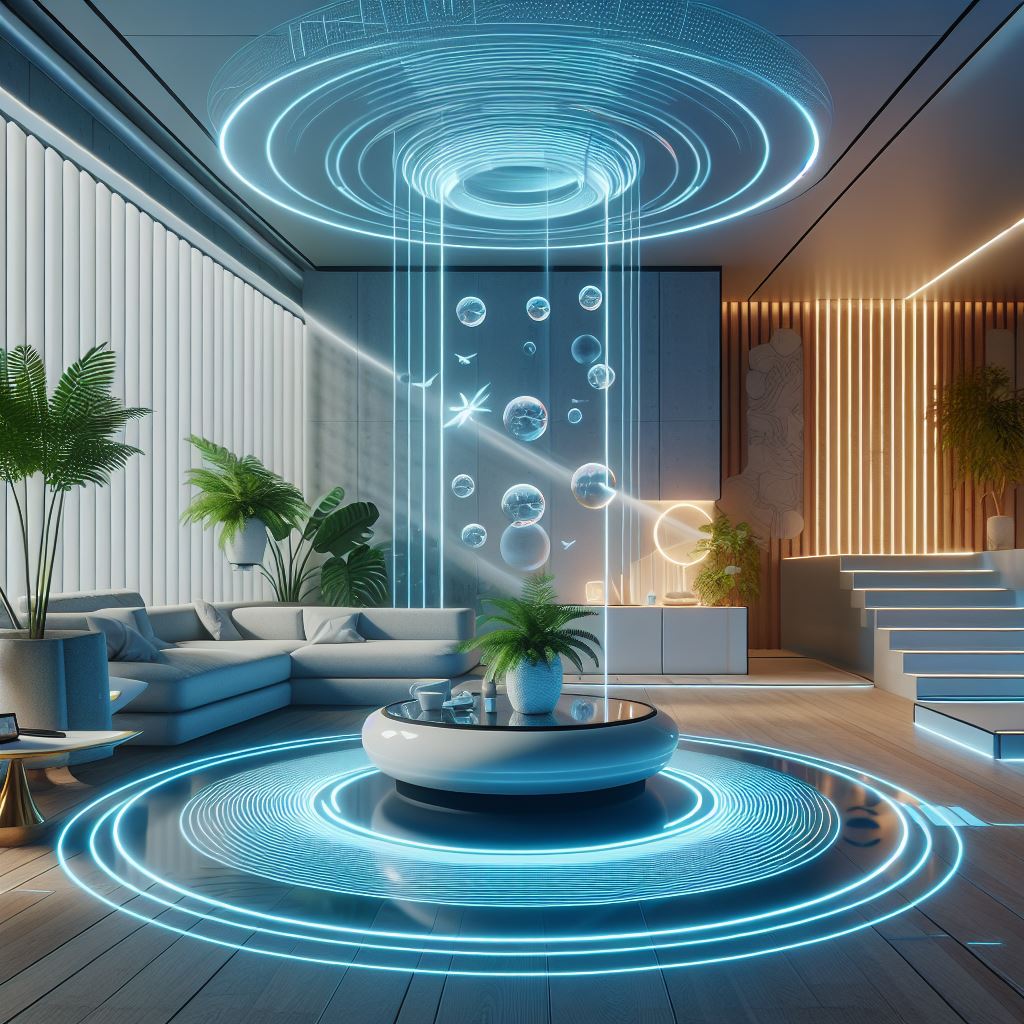
The Role of Layout and Flow
The layout of a space plays a critical role in its functionality and usability. By carefully planning the arrangement of furniture, fixtures, and architectural elements, designers can optimize traffic flow and create clearly defined pathways within a space. Zoning techniques, such as grouping similar activities together and creating designated zones for different functions, can further enhance organization and efficiency.
Maximizing Small Spaces
In compact or constrained environments, maximizing space is paramount. Space-saving techniques such as multifunctional furniture, built-in storage solutions, and clever design tricks can help make the most of limited square footage. Additionally, creating the illusion of space through strategic use of color, lighting, and mirrors can help small spaces feel larger and more open.
Incorporating Spatial Design in Workspaces
The design of workspaces profoundly impacts productivity, creativity, and employee satisfaction. By incorporating principles of spatial design, employers can create ergonomic and efficient work environments that support the needs of their employees. From flexible seating arrangements to well-designed collaborative spaces, spatially optimized workplaces can enhance teamwork, communication, and overall performance.
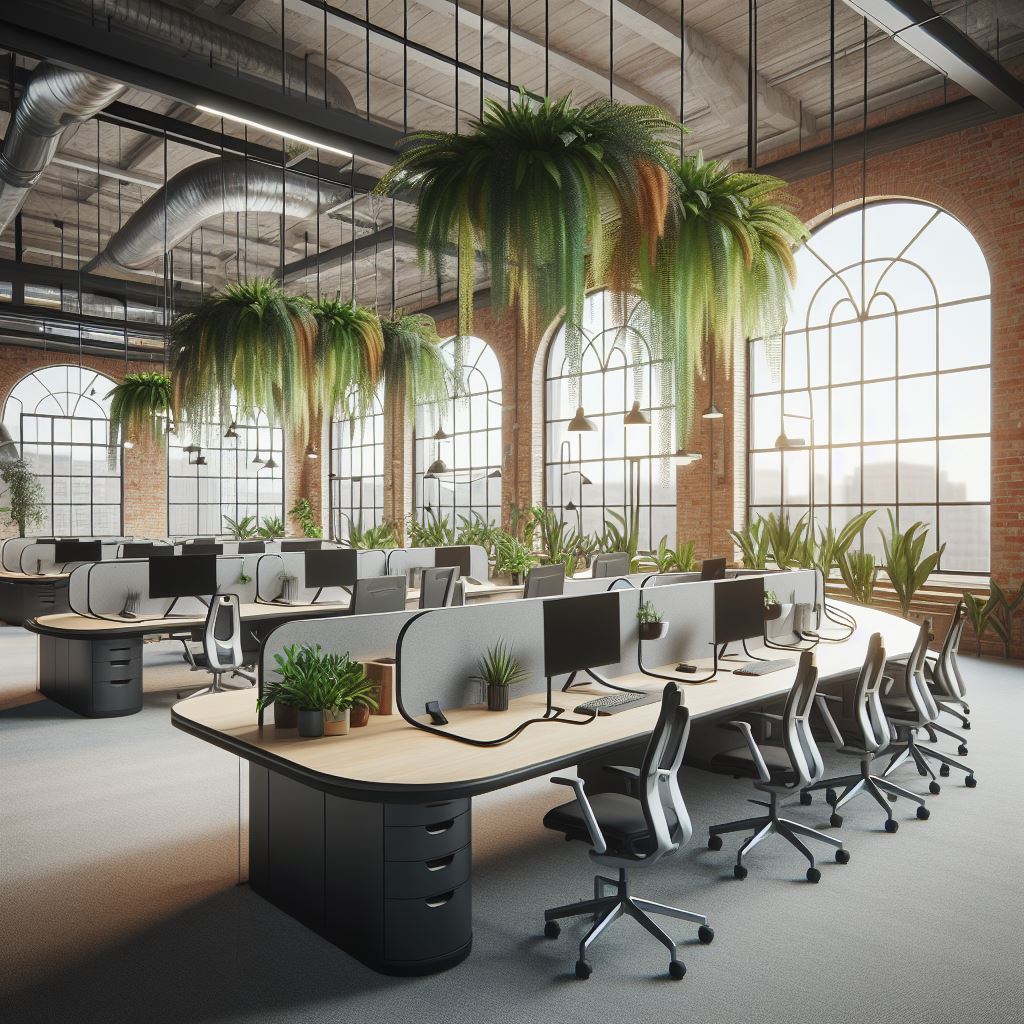
Bringing Harmony to Home Interiors
In the home, spatial design plays a crucial role in creating environments that are both functional and inviting. By balancing aesthetics with functionality and considering the needs and preferences of occupants, designers can create living spaces that feel harmonious and cohesive. From open-plan layouts that facilitate social interaction to cozy nooks that offer moments of solitude, spatially optimized homes reflect the diverse lifestyles and personalities of their inhabitants.
Case Studies: Successful Applications of Spatial Design
Examining real-life examples of well-organized spaces provides valuable insights into the principles and strategies of spatial design. From minimalist apartments to bustling office complexes, these case studies showcase the transformative power of thoughtful spatial organization. By studying these examples, readers can gain inspiration and ideas for applying spatial design principles to their own environments.
Adapting Spatial Design to Different Environments
Spatial design principles are highly adaptable and can be tailored to suit a wide range of environments and contexts. Whether designing a retail space, healthcare facility, or educational institution, the principles of spatial organization remain the same. By understanding the unique needs and requirements of each environment, designers can create solutions that are both practical and aesthetically pleasing.
The Psychological Impact of Spatial Design
The organization of physical space has a profound impact on mood, behavior, and well-being. By creating environments that are comfortable, inviting, and aesthetically pleasing, designers can positively influence the mental and emotional states of occupants. From calming color palettes to ergonomic furniture arrangements, spatially optimized environments promote relaxation, focus, and overall happiness.
Technological Innovations in Spatial Design
Advances in technology have revolutionized the field of spatial design, offering designers powerful tools and resources for visualizing and planning spatial layouts. From 3D modeling software to virtual reality simulations, technology enables designers to experiment with different design concepts and iterate rapidly on ideas. By leveraging these tools, designers can streamline the design process and create more accurate and effective solutions.
Future Trends in Spatial Design
As our understanding of spatial design continues to evolve, so too do trends and developments in the field. Emerging trends such as biophilic design, which integrates natural elements into the built environment, and smart design, which incorporates technology to enhance functionality and efficiency, are likely to shape the future of spatial organization. By staying informed and adaptable, designers can continue to push the boundaries of spatial design and create environments that are both innovative and inspiring.
Conclusion
In conclusion, spatial design offers a powerful framework for organizing and optimizing physical space in ways that enhance productivity, creativity, and well-being. By understanding the principles and strategies of spatial organization, individuals and organizations can transform chaotic environments into harmonious and cohesive spaces that support their goals and objectives. Whether designing a home, office, or public space, prioritizing spatial design ensures that every element works together to create environments that are both functional and aesthetically pleasing.
FAQs (Frequently Asked Questions)
- How can I apply spatial design principles to my own home? Start by assessing the layout and flow of your space and identifying areas where improvements can be made. Experiment with different furniture arrangements, storage solutions, and zoning techniques to create a more functional and inviting environment.
- What are some common spatial design mistakes to avoid? Common mistakes include overcrowding a space with too much furniture, neglecting to consider traffic flow, and failing to create designated zones for different activities. Be mindful of these pitfalls and strive for simplicity, balance, and coherence in your design approach.
- How can I make the most of a small living space? In small spaces, maximizing functionality and minimizing clutter are key. Invest in multifunctional furniture, utilize vertical storage solutions, and create the illusion of space through strategic use of color, lighting, and mirrors.
- What role does lighting play in spatial design? Lighting significantly impacts the look and feel of a space, influencing mood, ambiance, and functionality. Incorporate a mix of natural and artificial light sources, and consider the specific needs and activities that will take place in each area of your space.
- How can spatial design principles be adapted to suit different environments and contexts? Spatial design principles are highly versatile and can be tailored to suit a wide range of environments, from residential homes to commercial offices to public spaces. By understanding the unique needs and requirements of each environment, designers can create solutions that are both practical and aesthetically pleasing.
